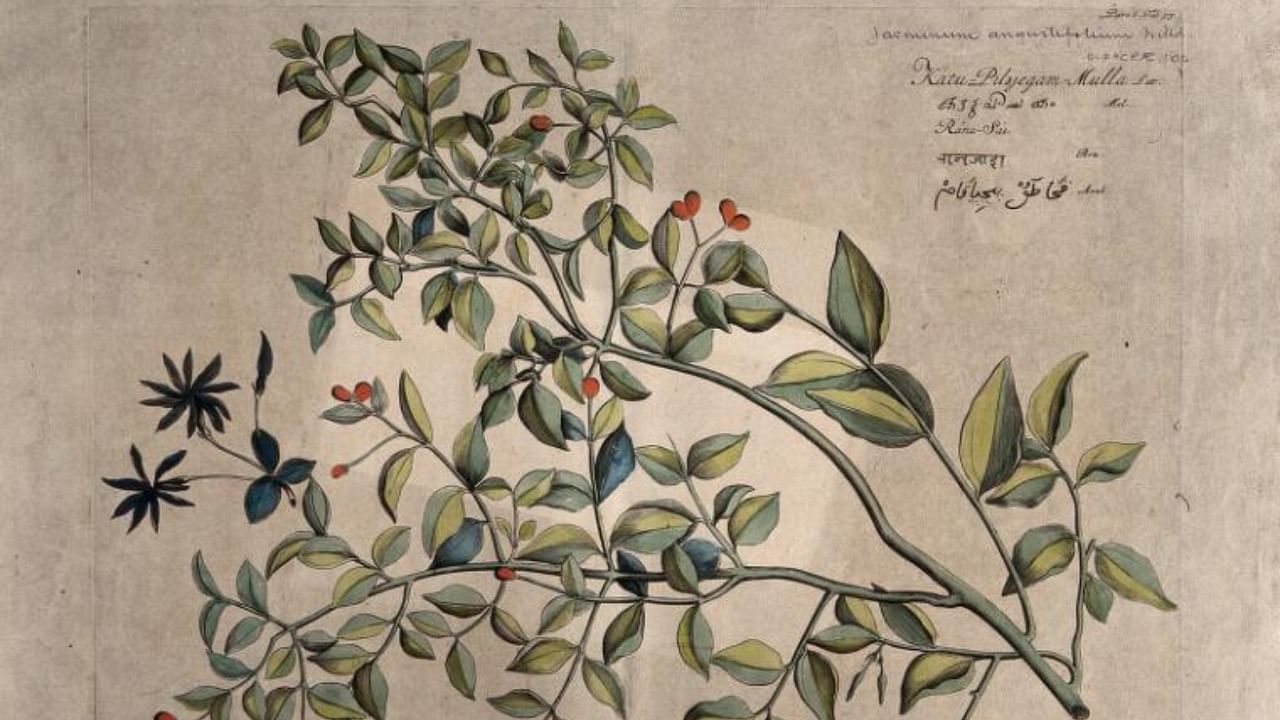
In the 17th century, the governor of the Dutch settlement in Kerala, Hendrik van Rheede, decided to publish a book on southwest India’s medicinal plants. Rheede knew that a catalogue of the Malabar region’s botanical wealth would help the Dutch gain an edge over other European powers vying for the riches of the subcontinent.
The exhaustive undertaking required Indian experts. A trio of Konkani Brahmin physicians – Ranga Bhat, Vinayaka Pandit and Appu Bhat – contributed their expansive knowledge of ayurveda.
But they didn’t have hands-on knowledge to identify the plants and their uses. For that, van Rheede turned to the most famous physician on the Malabar Coast, Itty Achuthan, whose family had been practicing medicine for 2,000 years as the Collatt Vaidyans. Their dozens of volumes of palm leaf manuscripts documented pre-ayurvedic traditional knowledge of plants, how to prepare them and for what illnesses. But there was a problem. The family was Ezhava, considered outcastes at the time.
That was of little concern to van Rheede. He summoned Itty Achuthan, who agreed to collaborate. Achuthan led the team through fields and forests the length of the southwest coast as they collected specimens. The final book, “Hortus Malabaricus,” was printed in Amsterdam over nearly three decades, beginning in 1678. Its several volumes were beautifully illustrated and documented the medicinal properties of 742 plants, an authentic record of Achuthan’s traditional knowledge.
Centuries later, in 1963, two researchers visited the ancestral home of the Collatt Vaidyans just south of Kochi in Kerala. They were in search of the family’s palm leaf manuscripts. What they heard from their descendants was heartbreaking.
To find out what happened to the manuscripts, listen to Episode 6 of the Scrolls & Leaves podcast. The episode traces the journey of plants not only as medicine but drivers of exploration, empires and colonization. Please be sure to wear your headphones because the episode is produced in immersive audio – sound comes at you from 360 degrees.